Photos: Oldest Iron Objects Came from Outer Space
Out of this world
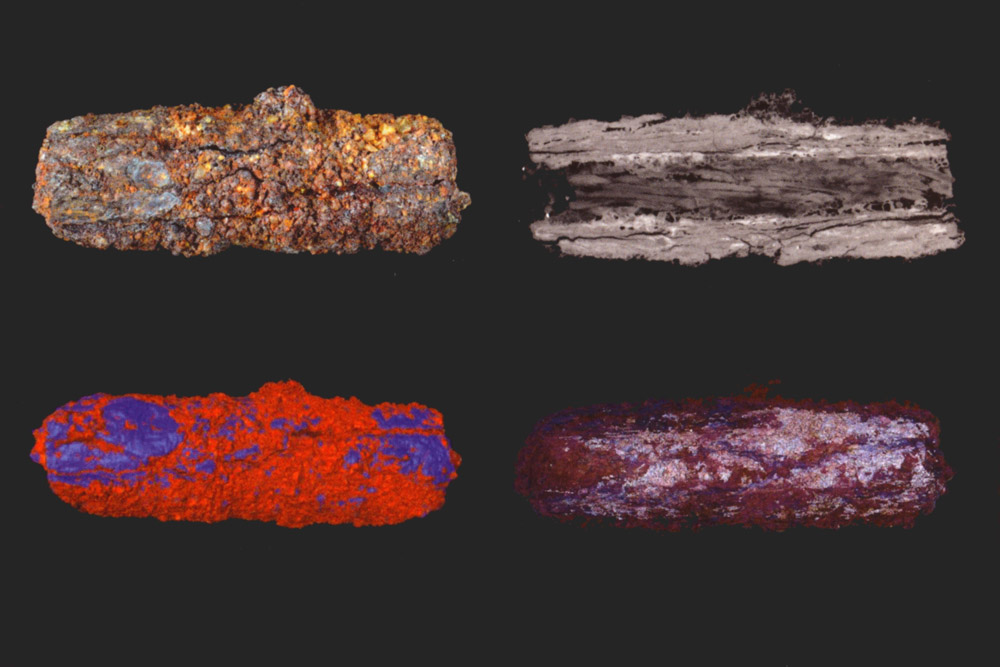
A new study of many of the oldest iron objects ever found has discovered that they are all made with metal from meteorites.
Archaeologists think that the technology of smelting iron from terrestrial iron ores was invented in the Near East around 1200 B.C.
But some ancient iron objects are much older than that — including the oldest iron objects known, a handful of iron beads found in a tomb at Gerzeh in northern Egypt that are dated to 3500 B.C. — more than 2,000 years before the dawn of the Iron Age. [Read more about the iron objects from outer space]
Iron-rich rocks
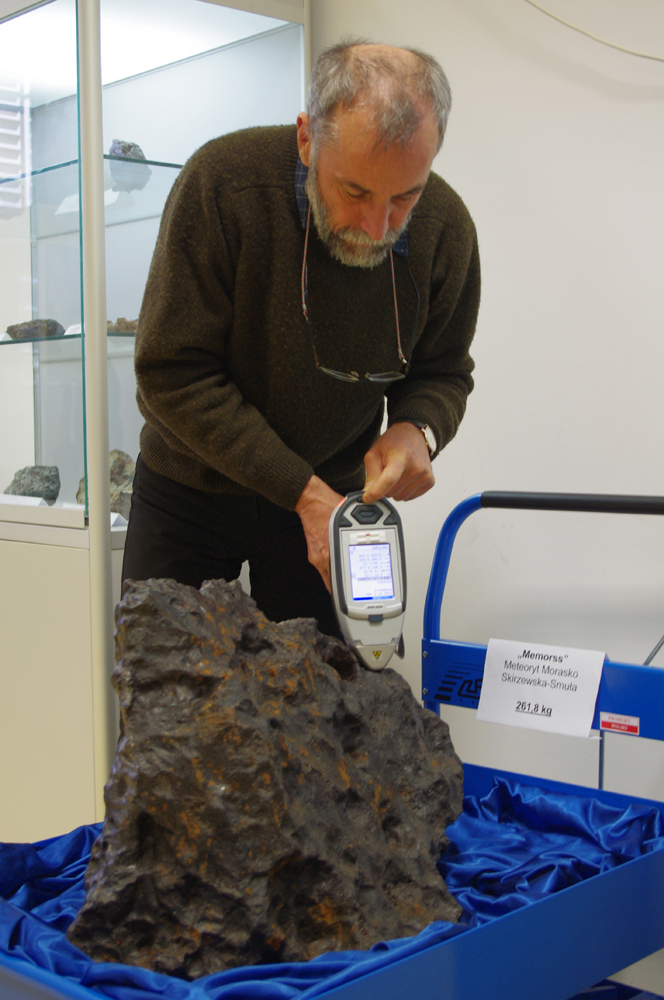
Archaeo-metallurgist Albert Jambon, of the Pierre and Marie Curie University in Paris, used a portable x-ray fluorescence (XRF) analyzer to scan dozens of iron meteorites and some of the world’s most ancient iron objects at museums around Europe and the Middle East.
The analyzer is able to determine the chemical composition of an object with a non-destructive scan of the surface.
Jambon found that iron meteorites have a distinctive chemical signature, with high levels of nickel or cobalt.
His was able to show the XFR analyzer could easily distinguish “meteoric” iron from smelted iron, which has only traces of nickel or cobalt.
Spacey beads
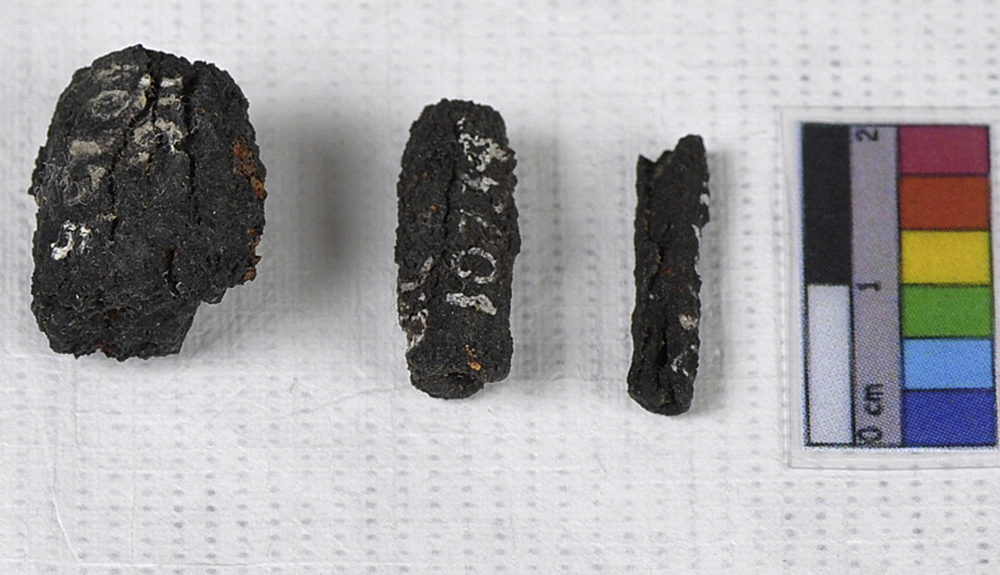
Some archaeologists have proposed that vey early iron objects like the Gerzeh beads were made in “precocious” smelting events during the Bronze Age when smelting iron was generally unknown – perhaps discovered by accident, or experimentation.
But Jambon found that the Gerzeh beads and all other ancient iron objects from the Bronze Age are all made with iron from meteorites – and that the iron-rich space rocks were probably the only source of the metal on earth until the start of the Iron Age around 1200 B.C.
Iron dagger
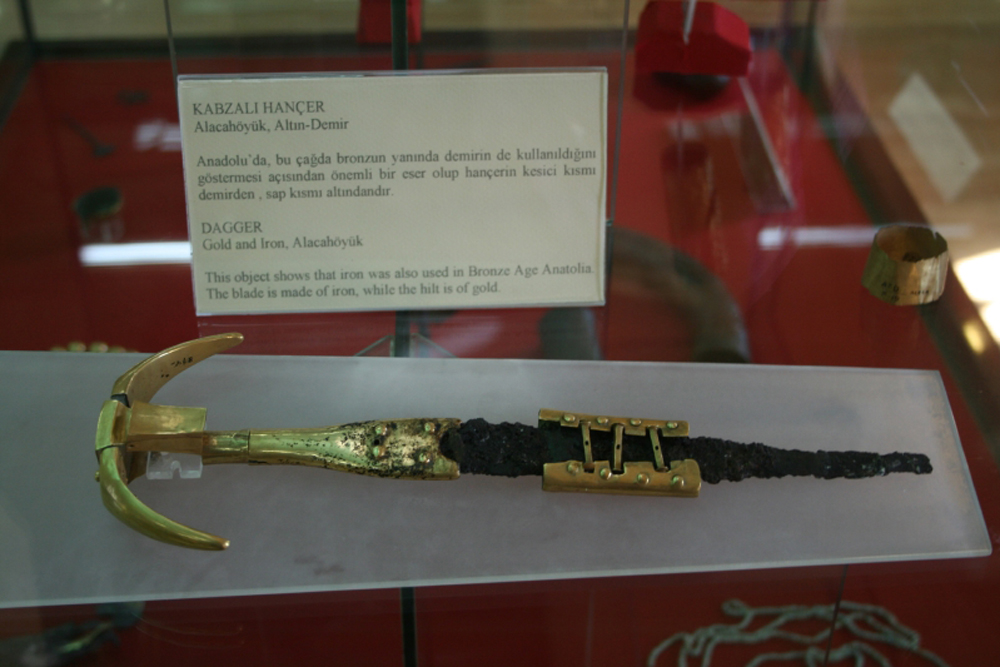
Jambon also tested this iron dagger from Alaca Höyük in Turkey, dated to about 2500 BC, which is now on display at the Museum of Anatolian Civilizations in Ankara.
Using a portable XRF analyzer, Jambon was able to show that it is made from iron from space that had fallen to earth as an iron meteorite.
Sphinx Gate
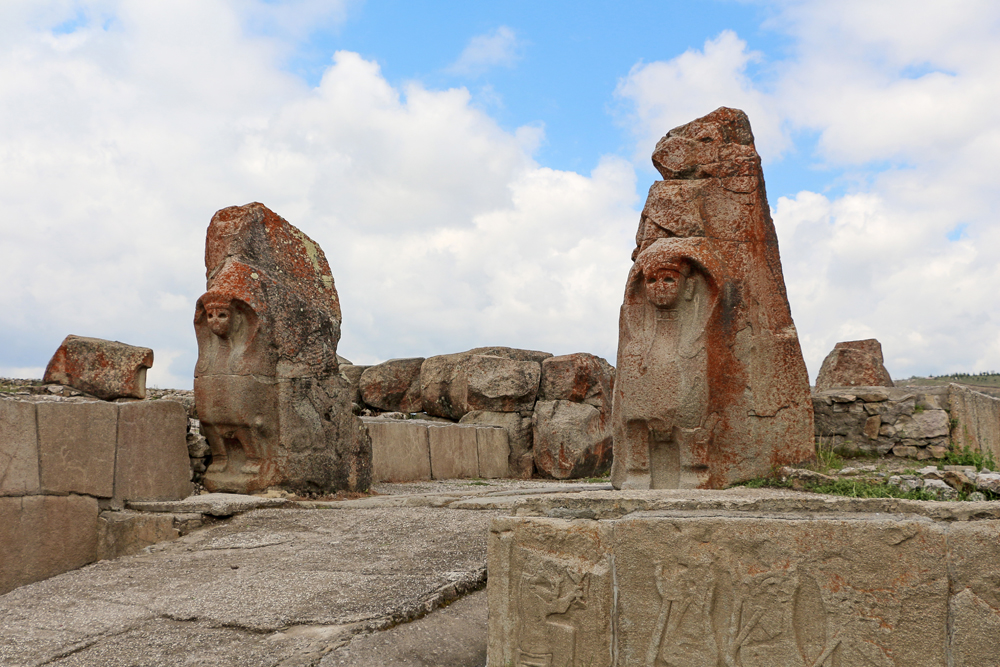
The iron dagger was found Alaca Höyük in Anatolia in Turkey – this photograph shows the “Sphinx Gate” in that ancient city.
The dating of the iron dagger to around 2500 BC puts it at a time when Alaca Höyük was a center of the early Bronze-Age Hatti people.
After about 1800 BC, Alaca Höyük became subject to the powerful Hittite Empire.
Beautiful set
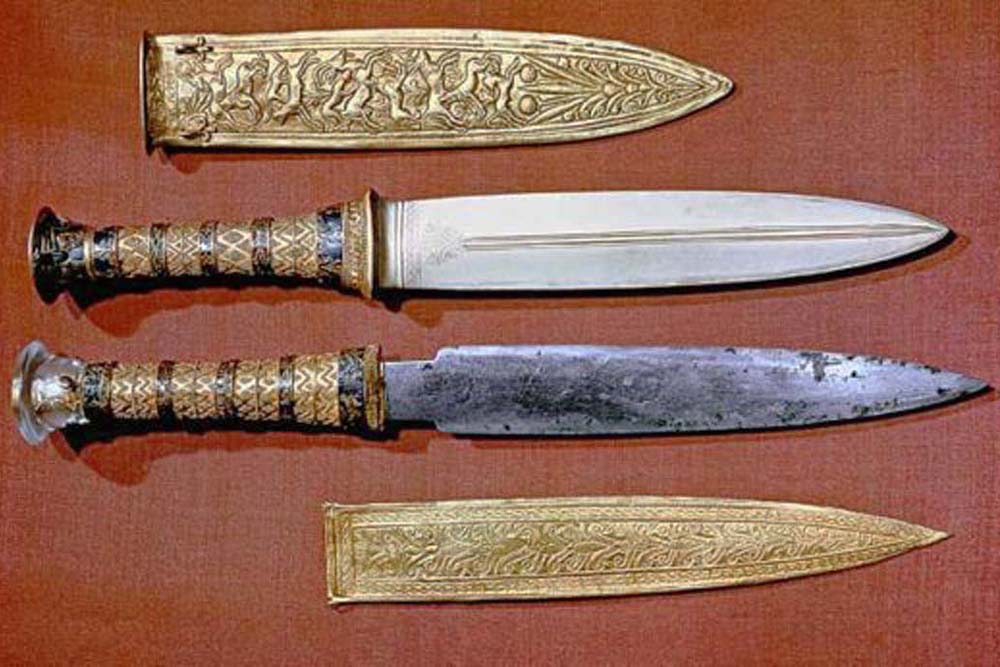
Jambon was also able to test a ceremonial iron dagger found in the tomb of the Egyptian pharaoh Tutankhamun, and dated to 1350 B.C.
The iron dagger is part of a matching pair two ceremonial knives, along with a blade made from gold – at the time, iron was the much more valuable metal.
A study last year showed that Tutankhamun’s dagger is also made from meteoric iron, and Jambon was able to confirm that finding using the portable XRF scanner.
King Tut's space iron
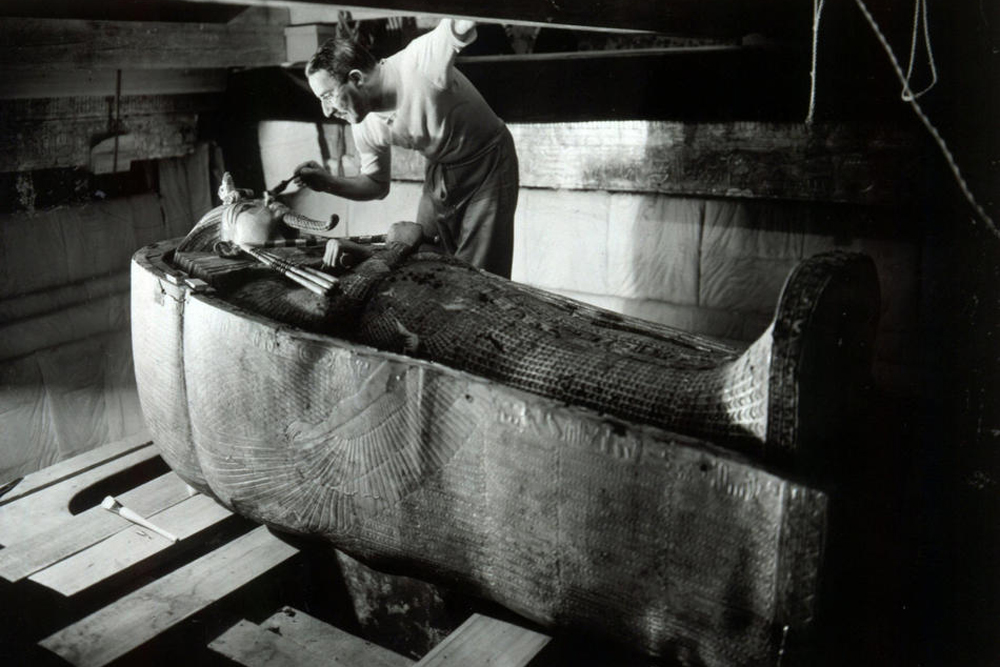
The dagger was one of three iron objects found in Tutankhamun’s tomb after it was discovered by the British Egyptologist Howard Carter in 1922, in the Valley of the Kings near modern Luxor. The others are an iron bracelet and an iron headrest. Jambon’s research was able to show that the three items came from the iron of at least two different meteorites, which suggests that an active search was carried out for valuable iron meteorites in ancient times.
Sign up for the Live Science daily newsletter now
Get the world’s most fascinating discoveries delivered straight to your inbox.
Ceremonial axe head
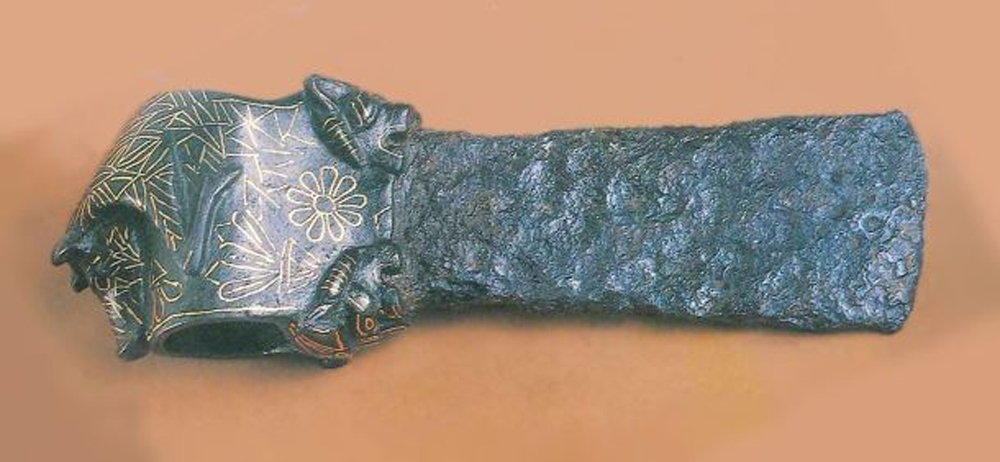
This ceremonial iron axe head was found at the Bronzed Age archaeological site of Ugarit, once a city on the northern coast of Syria. It dates from about 1400 BC.
Jambon found that it too was made with iron from a meteorite, like all the other Bronze Age iron objects he tested with the XFR analyzer.
SIG K - iron pendant
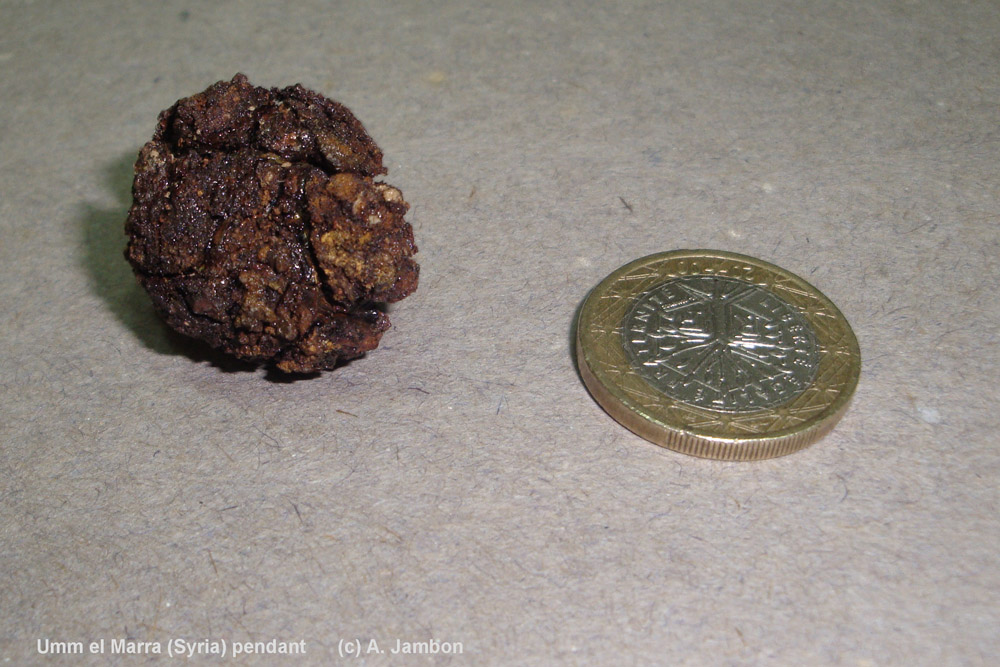
Jambon was also able to test several other ancient iron objects, including this iron pendant found at Umm el-Marra in Syria, which dates from around 2500 B.C., and a set of iron axes from Shang Dynasty China that have been dated to around 1400 B.C.
His research found that all the Bronze Age iron objects had been made from meteorites, and not from smelted iron.
SIG K - scanning
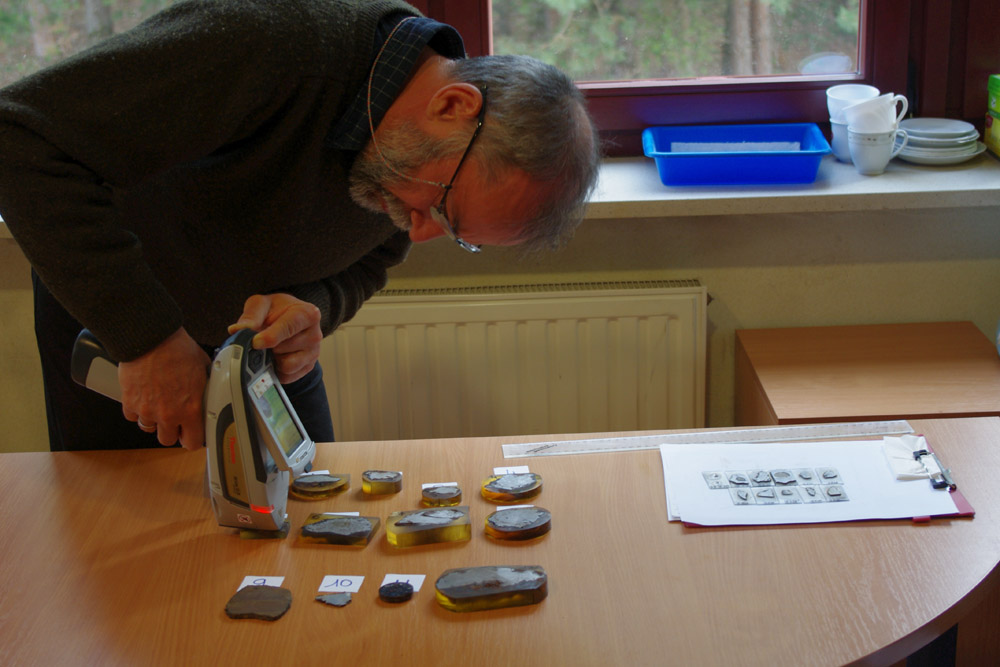
Jambon hopes his research will form the basis of a hunt for the earliest smelted irons on earth.
Iron objects dating between 1300 and 1000 BC could now be scanned with portable XRF analyzers, and their metallic make-up compared until the earliest non-meteoric iron is found,” he said
“The very first irons will be recognized from their chemical composition, which markedly differs from meteoritic iron,” Jambon said.
Tom Metcalfe is a freelance journalist and regular Live Science contributor who is based in London in the United Kingdom. Tom writes mainly about science, space, archaeology, the Earth and the oceans. He has also written for the BBC, NBC News, National Geographic, Scientific American, Air & Space, and many others.










